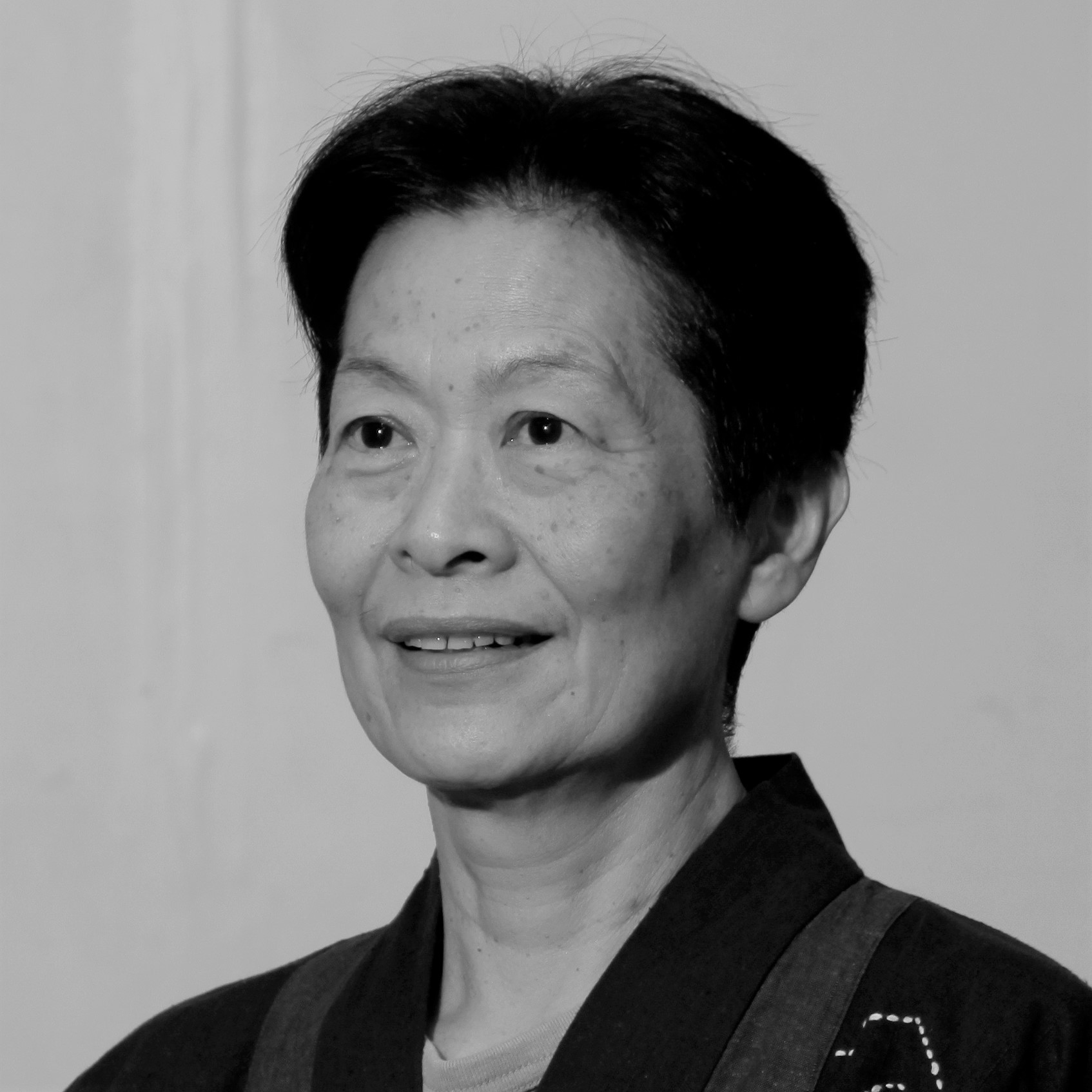- Home
- March 2023
- Echoes, Shadows & Footprints: A Symposium on the Upkeep of the Arts
Echoes, Shadows & Footprints: A Symposium on the Upkeep of the Arts
by
Paul Augustin &
Adil Johan

Previous Post
Discourse on Sustainability and Indigeneity: PERA + FLORA + FAUNA 2022
4 min read
Photos by PORTPERA + FLORA + FAUNA (PFF) was one of eight “must-see” exhibitions held during the 59th International Art Exhibition of Venice Biennale, themed Th...
Next Post
Revealing Complexities in the Practice of Faith in Malaysia
3 min read
Note: This book review contains spoilersFEAR. FATE. FAITH. Depending on your religious or cultural point of view, The Accidental Malay by Karina Robles Bahrin w...
You might also like
Imagining National Culture: Lessons From Bangsawan
6 min read
IN THE FIRST half of the 20th century, Bangsawan, or Malay opera, started incorporating the latest Anglo-American dances and music into its already cosmopolitan...
Words and Music—Two Sides of the Sense of Hearing
3 min read
MUSIC HAS ALWAYS been a phenomenon to savour for the great thinkers. One can sense how these master craftsmen of words relished being stumped when it came to an...
Discourse on Sustainability and Indigeneity: PERA + FLORA + FAUNA 2022
4 min read
Photos by PORTPERA + FLORA + FAUNA (PFF) was one of eight “must-see” exhibitions held during the 59th International Art Exhibition of Venice Biennale, themed Th...




